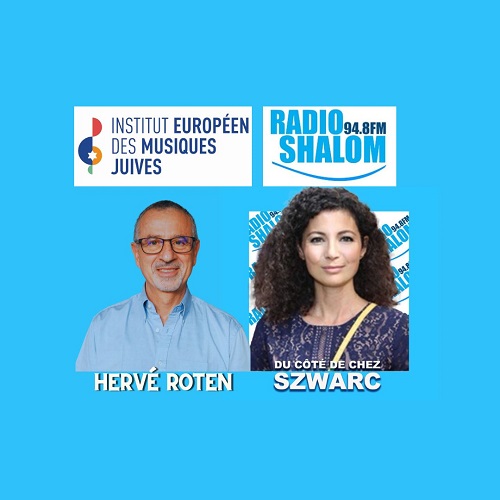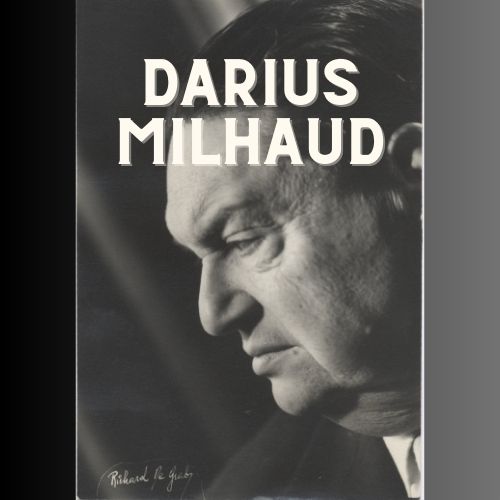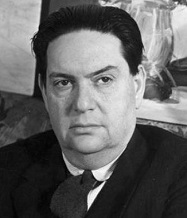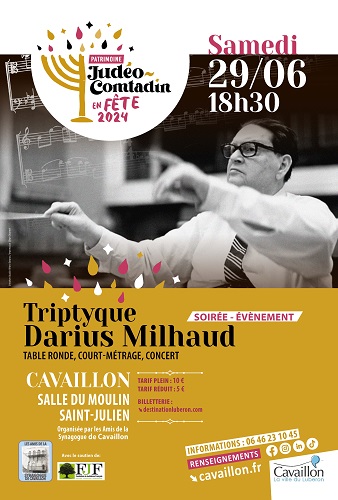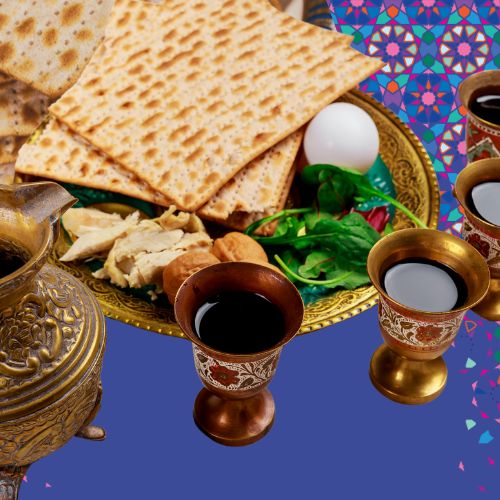
By Ephraim Kahn
Audio samples sung by Avner Azoulay
The Seder
The celebration of the first two evenings of the Passover holiday holds a very special place among the various holidays of the Hebrew calendar. For many people, it’s a unique family time, an opportunity to reunite with an heritage and a memory.
Being an eminently educational celebration, the Seder ritual puts into practice the biblical command: “You shall tell your child…”. (Exodus 13:8), re-enacting the liberation of the Hebrews from the yoke of slavery through text and gesture.
As is often the case, music plays an important part. It accompanies the text of the Haggadah, forging a shared memory among participants of different ages gathered around one same table.
The place of songs
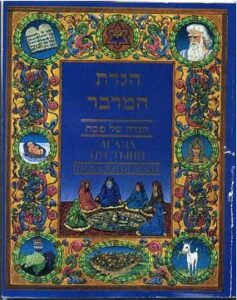
However, the Haggadah does not end with the completion of the fifteenth stage. Many pages of songs in Hebrew, Aramaic, Judeo-Arabic, Judeo-Spanish and other languages adorn the various editions of the Haggadah. These texts include popular songs such as the Song of Numbers (E’had mi yodea) and the Song of the Goat (‘Had gadya).
AUDIO 1: Kiddush – Avner Azoulay
Like every holiday meal, Seder evenings begin with the recitation of Kiddush. The glass of wine drunk at the start of the evening is the first of four symbolizing freedom. It is also the first of the fifteen stages of the evening: the Kadech.
Baroukh Ata Adonaï, Elohénou Mélèkh haolam, boré peri hagafen.
AUDIO 2: Bibilu – Avner Azoulay
Commonly known as the “Bibilu”, this passage, sung to a traditional Andalusian tune, represents, in Moroccan tradition, the beginning of the narrative part of the Seder (the Maguid). During its recitation, which tells of the hasty departure from Egypt, it is customary to spin the tray containing the unleavened bread over the heads of the guests.
Bivhilou yatsanou mimitsrayim, ha la’hma anya … béné ‘horine.
AUDIO 3: Ma nichtana – Avner Azoulay
The story of the exodus is presented as a response to the child’s curiosity as to why the the practices observed on the Seder evenings are different from that of a regular supper. Thus, children first ask “Ma nichtana?” (“How is this evening different from all others?”), allowing the adults to respond with the story recounted in the Haggada.
It is noteworthy that this recording of an Ashkenazi tune is emblematic of the cultural exchanges and influences common in Jewish music
Ma nichtana halaïla hazé mikol halélot.
AUDIO 4: Vehi cheamda – Avner Azoulay
The text of the Haggadah reminds us of the timeless dimension of its story: over the generations, the Jewish people have often faced existential threats, but have been saved by the hand of God, Israel’s protector.
It is noteworthy that this recording of an Ashkenazi tune is emblematic of the cultural exchanges and influences common in Jewish music
Véhi chéamda, laavoténou velanou, chélo é’had bilvad amad alénou lekhaloténou.
AUDIO 5: The Ten Wounds – Avner Azoulay
The list of the ten wounds that befell the Egyptians is recited. For each name recited, a little wine is poured from the cup. Once the cup has been emptied, hands are washed, symbolizing freedom from evil and its woes.
Dam, tzefardéa, kinim, arov, dévèr, ché’hine, berade, arbé, ‘hochèkh, makat bekhorot.
AUDIO 6: Dayenu – Avner Azoulay
This text details the many acts of divine kindness towards the Children of Israel. Each verse ends with the participants enthusiastic exclamation: “Dayenu!” (“That would have been enough for us!”).
Ilou hotsianou mimitsrayim vélo assa bahèm chefatim – Dayénou !
AUDIO 7: Pessa’h, matsa, maror – Avner Azoulay
Three elements are central to the Passover practice: the lamb, the unleavened bread and the bitter herbs. The Hebrew terms for these three elements are recited aloud by the participants.
Pessa’h, matsa, maror.
AUDIO 8: End of Maguid – Avner Azoulay
The first part of the evening, devoted mainly to recital (Maguid), closes with the recitation of a blessing. The second cup of wine of the evening is consumed immediately thereafter.
Baroukh Ata Adonaï, gaal Israël.
AUDIO 9: ‘Had gadya – Avner Azoulay
This Aramaic nursery rhyme is one of the evening’s favorite songs. Guests often repeat the words “Had gadya” (“A goat…”) as a refrain.
This song is often sung in the various local Judeo languages.
‘Had gadia, ‘had gadia, dézabin aba bitré zouzé.
AUDIO 10: E’had mi yodéa – Avner Azoulay
Reminding participants of the foundations of Jewish heritage, the verses of this recapitulatory song end consistently with the number one, reaffirming the unity of God.
It is noteworthy that this recording of an Ashkenazi tune is emblematic of the cultural exchanges and influences common in Jewish music
É’had mi yodea, é’had ani yodéa, é’had élohénou chébachamayim ouvaarets.
You can find the full text of the Haggadah on the following link: Haggadah_de_Pessah_5780.pdf (consistoire.org)
- More about the Passover holiday
- Read the article and listen to several versions of the three Passover songs: Adir hou, E’had mi yodea and ‘Had gadya
- Listen to the Passover Songs playlist – Part 1
- Listen to the Passover Songs playlist – Part 2
- More articles on Passover
